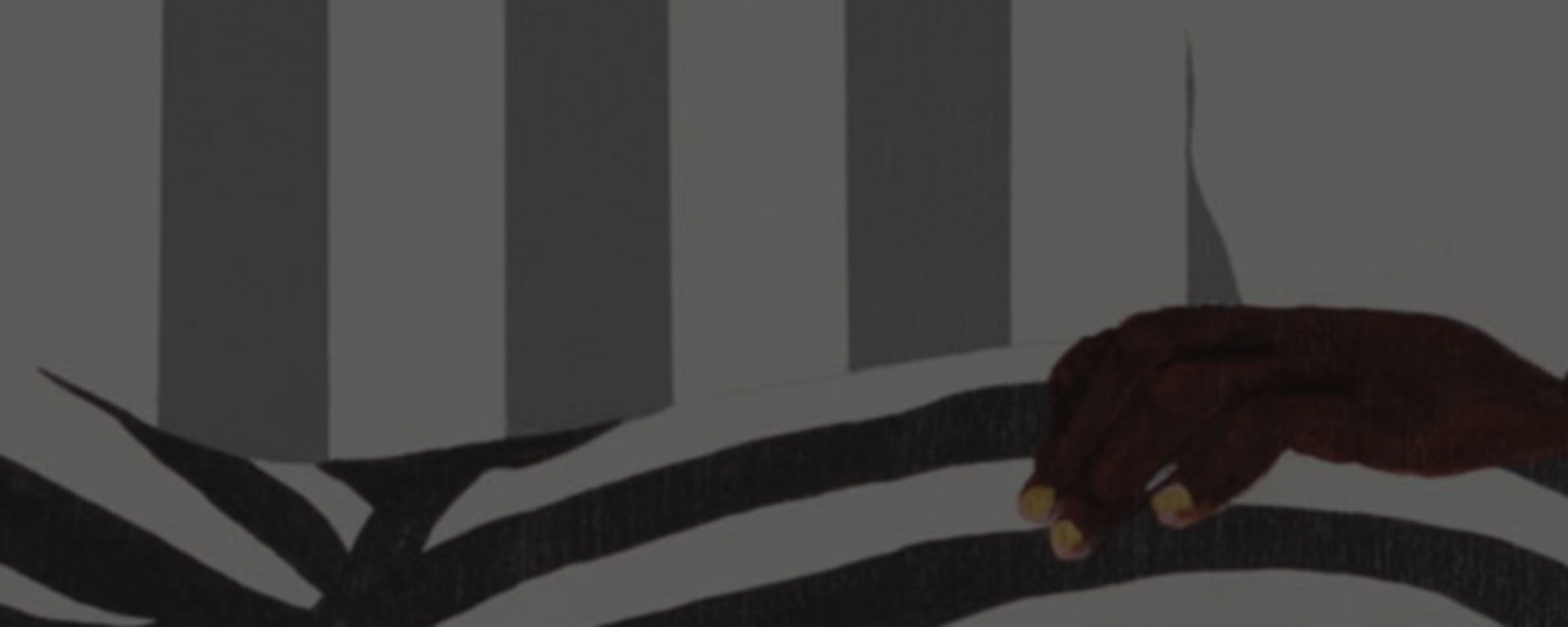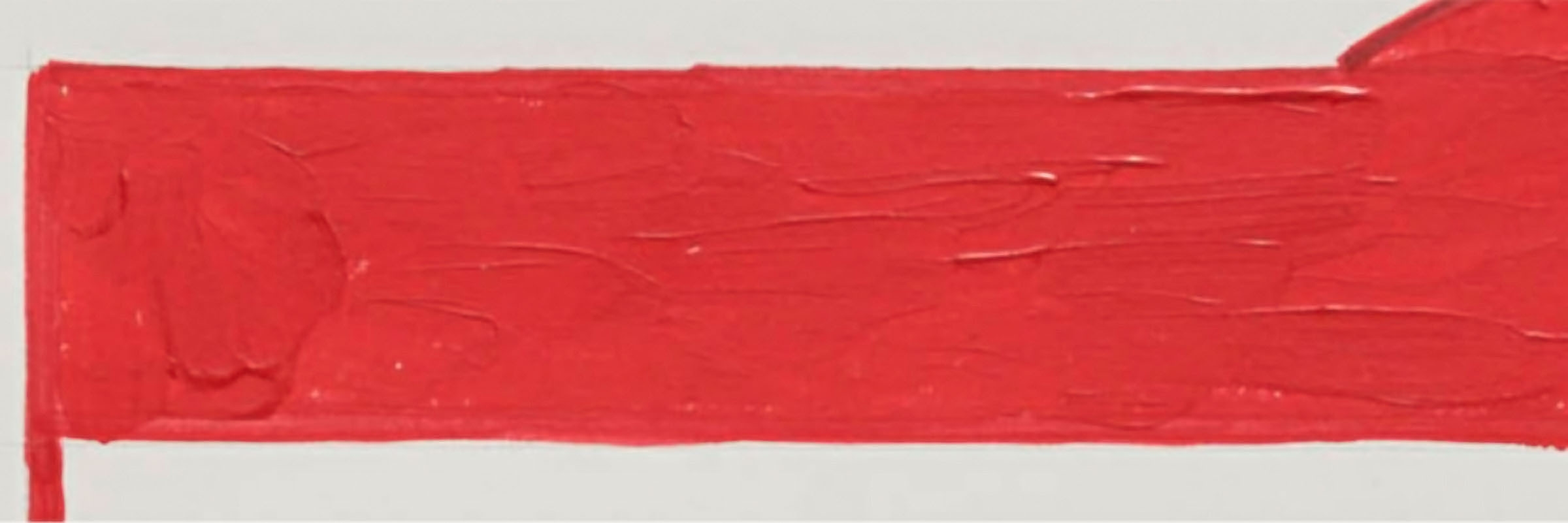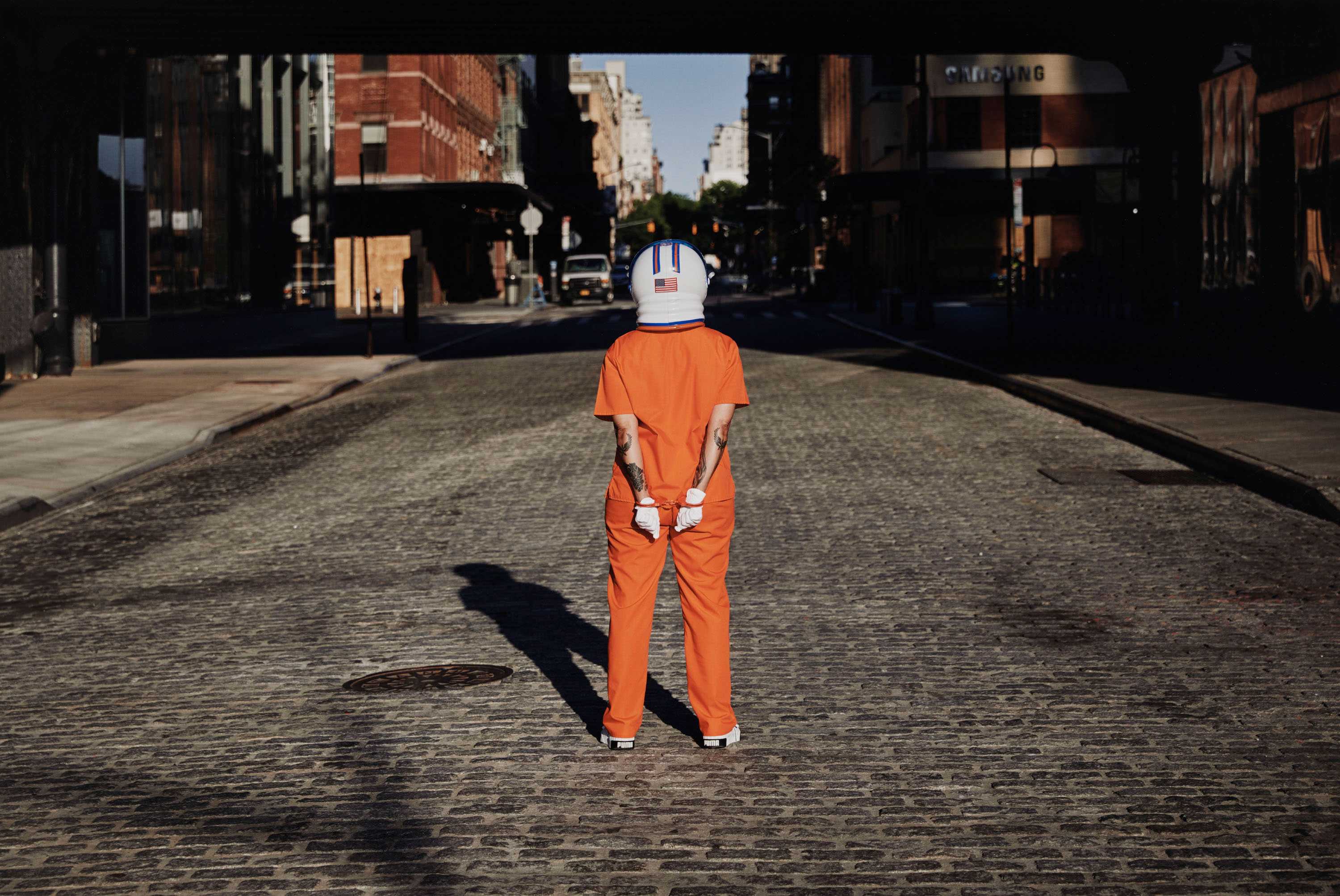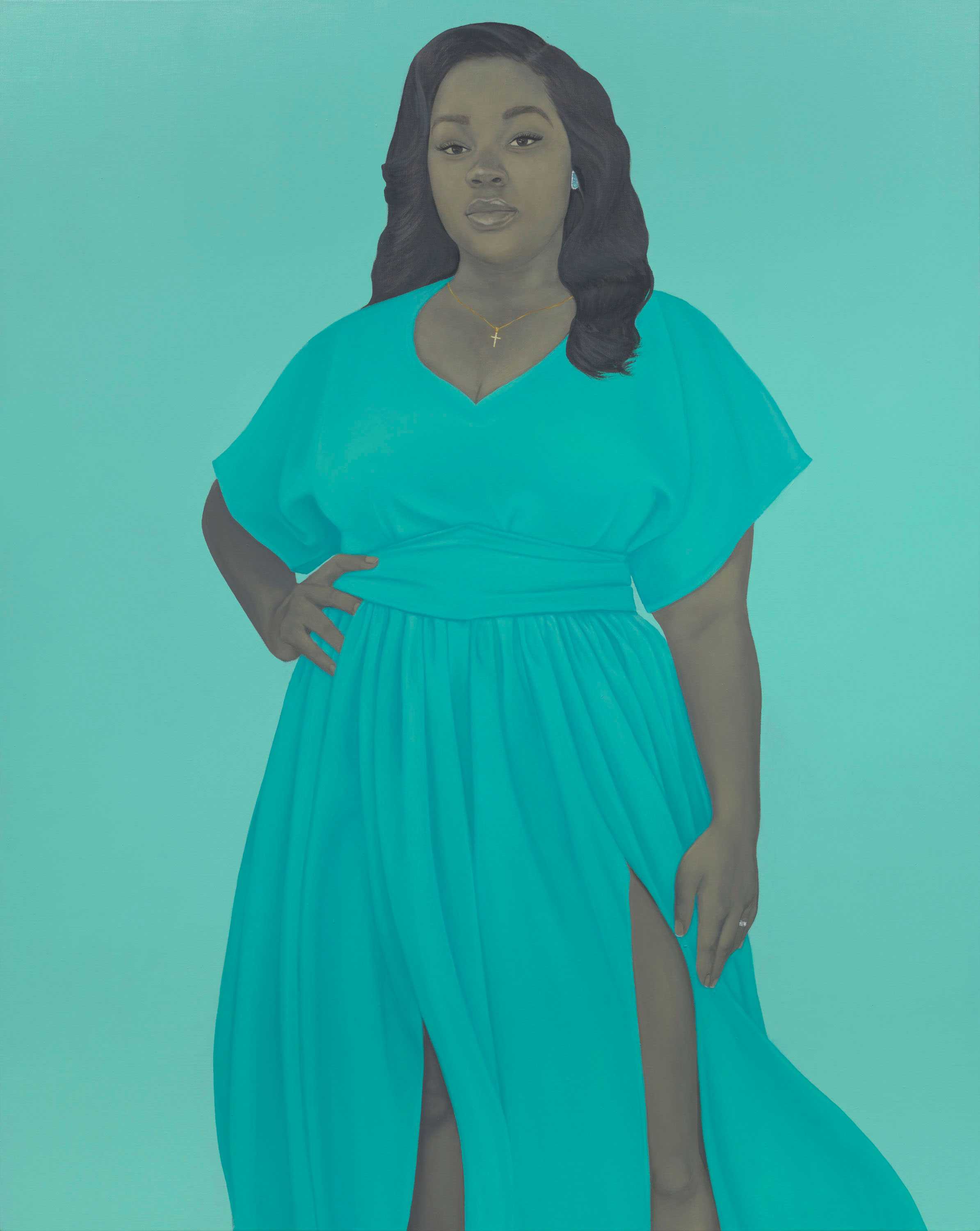
Resilience
Resilience is at the center of successful protest. To be resilient is to survive adversity, overcoming obstacles and continuing forward. Black artists explore themes of resilience by showcasing both strength and vulnerability. Enslaved people had to be resilient to survive, depending on community bonds, traditions, and faith—even when enslavers actively tried to destroy those comforts. Survivors of violence use those same comforts today, representing centuries of resilience. Artists have created images representing that resilience in their communities and in their own selves.

Reckoning: Protest. Defiance. Resilience. is a profound and beautiful invitation for us to see and bear witness—not just to the pain under and through which Black people have languished, but the expansive ways that Black people and a range of artists have insisted on Black humanity and survival.
Michelle Commander, 2024

Rashaun Rucker’s Psychological Redlining
In his Psychological Redlining series, Rashaun Rucker merges portraits of African American men with images of rock pigeons. Comparing perceptions of pigeons—seen as unclean urban pests—to perceptions of African American men, Rucker challenges viewers’ stereotypes. The red cages framing the portraits are references to redlining, a legal and discriminatory practice that controlled the value of Black property.



These images I’ve created communicate why we as black men often don’t fly—achieve—even though we have the ability to go far beyond our circumstances.
Rashaun Rucker

Black Social Protests: Resilience Over Centuries
Swing Low: Harriet Tubman Memorial. Alison Staar, 2007.
Stripped from home, family, and culture, captive Africans were forced into a brutal life of bondage. But enslaved people resisted at every turn, beginning a legacy of refusal that continues to this day. Both enslaved and free Black people negotiated life under a difficult racial order. Laws prohibited African Americans from growing their own food, learning to read, gathering together, learning to write, or demonstrating control over their person. Protests took many forms, from armed rebellions to everyday acts of imagination.

Flying Away from Oppression
But I'm Still Fly. Fahamu Pecou, 2014.
Oral narratives about “Flying Africans” describe captive Africans who jumped from slave ships. Many African captives remained in what could be thought of as self-propelled flight—flying slave ships and away from the physical world or flying away from the restrictions of plantations by planning escapes. Enslaved people maintained hope for freedom, refusing to let barbarity overcome them. It is this posture—the making a way out of no way, the quest for joy anyhow, the continued demands for equality and justice—that has sustained African Americans over the centuries. Reckonings involve acknowledging what was done, by whom, and to whom. Demands for reckoning involve considering what is owed, and how to pay for unaccountable losses. Reckonings also invite solemn reverence for those whose sacrifices made our own being possible.

Related Exhibition
Backward and Forward Flight
Black artists have explored Afrofuturism as a concept alongside resilience. Combining the past, present, and future, artists like Stephen Towns and Lola Flash creatively reimagine Black life. Towns, a painter and fiber artist from Lincolnville, South Carolina, describes himself as a time traveler whose art examines Black histories and cultures. Flash is a photographer whose art dealing with race and sexuality reimagines unequal worlds. Her 2020 self-portrait Divinity references spaceships and slave ships. It was created in the aftermath of George Floyd’s killing in Minneapolis, Minnesota, by police officer Derek Chauvin.


Colette Veasey-Cullor’s Metaphors and Life
Insecurity Present. Colette Veasey-Cullors, 2016.
Colette Veasey-Cullors’s art explores race, class, and gender identity. Insecurity Past, Insecurity Present, and Insecurity Future are part of a series entitled Metaphors and Life. In these photographs, the female body becomes a metaphor for pain, self-doubt, anxiety, uncertainty, resilience, and courage. The triptych Past, Present, and Future conveys the life experiences of yesterday, today, and tomorrow.

The Power of a Portrait
African Americans have long claimed self-definition through portraiture. A portrait—a posed image of an individual—allows for memorialization and remembrance. Black people had portraits taken at weddings, funerals, and other key life moments. Their legacy continues through the art.


Looking for Inner Resilience
Artists don’t only explore outside worlds, they also explore inside worlds. Explorations of spiritual life allow artists to reclaim the faith traditions that their ancestors practiced.
In An Ode to Yemaya, photographer Deana Lawson references Candomblé, an Afro-Brazilian-based religion in which Yemaya is a powerful orisha, or, deity. Known as the Queen of the Ocean, Yemaya presides over womanhood, fertility, family, and children. Victor Ekpuk confronts the relationship between the Catholic Church, slavery, and empire in Union of Saint and Venus.
African American artists have long reckoned with the complex relationship between religion and suffering. Black artists have also paid tribute to the resilient power of spirituality amongst oppressed peoples, as in Charles White’s Move On Up A Little Higher.
An Ode to Yemaya. Deana Lawson, 2019.
Union of Saint and Venus. Victor Ekpuk, 2012.

Move On Up A Little Higher. Charles White, 1961.